Throughout this blog, we’ll uncover the crucial importance of Unit Load Devices (ULDs) – the often-overlooked champions facilitating the safe and efficient transportation of goods by air. From their diverse types and functionalities to their profound influence on global trade, come along as we unveil the indispensable role of ULDs in the domain of air cargo. Step on board as we dive into the complex realm of air cargo logistics.
Set off on a voyage to grasp the basics of Unit Load Devices. Discover the essence of ULDs, their construction, and their indispensable role in aviation. Delve into the diverse array of ULD types, encompassing pallets, containers, and nets, and acquire insights into their distinctive attributes and uses.
Unit Load Devices in cargo operation
Uncover the countless advantages ULDs offer in air cargo operations. From simplifying loading and unloading procedures to optimizing cargo capacity and guaranteeing safety during transit, ULDs are instrumental in boosting efficiency, dependability, and profitability for both airlines and logistics providers.
Subscribe to the Ex-works24/7 newsletter
Understanding Unit Load Devices
A unit load device (ULD) serves as a pallet or container utilized for loading luggage, freight, and mail onto wide-body aircraft and specific narrow-body aircraft. This consolidation of cargo into a single unit enables the handling of a substantial volume of goods. Consequently, it reduces the number of units required for loading, thereby saving time and effort for ground crews and mitigating the risk of flight delays. Each ULD is accompanied by its own packing list, or manifest, facilitating the tracking of its contents.
Constructed from sheet aluminum and profiles/profile frames, ULD pallets and containers boast standardized designs. This uniformity allows for seamless integration with aircraft cargo nets and ensures the secure fastening of heavy cargo items. Additionally, each type of container and pallet is assigned a unique IATA code for identification purposes. These air freight pallets and containers are tailored to suit various aircraft types, a factor that must be considered when selecting ULDs. Consequently, the list also specifies the compatible aircraft types for each ULD variant.
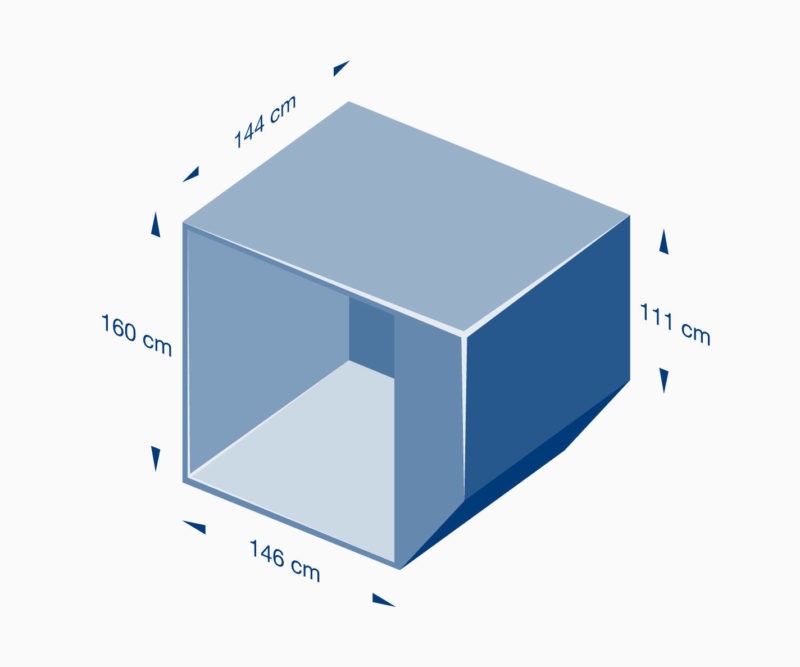

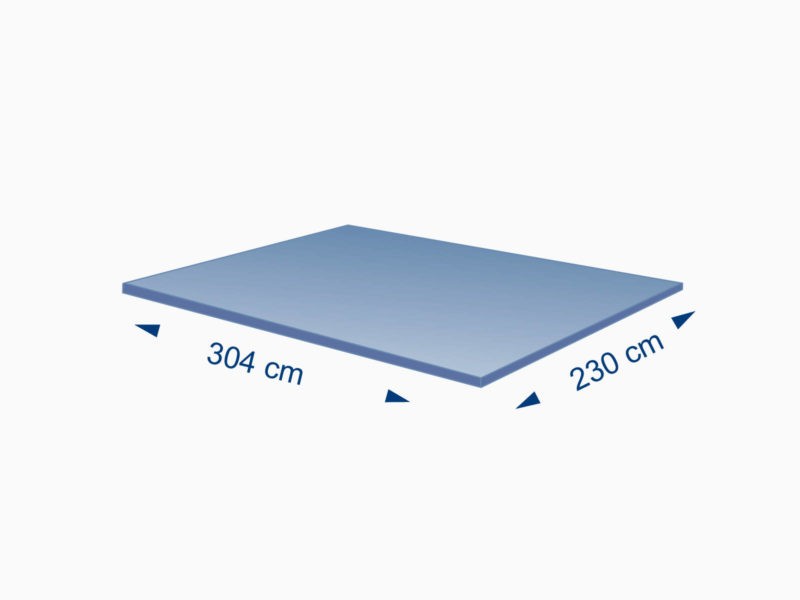
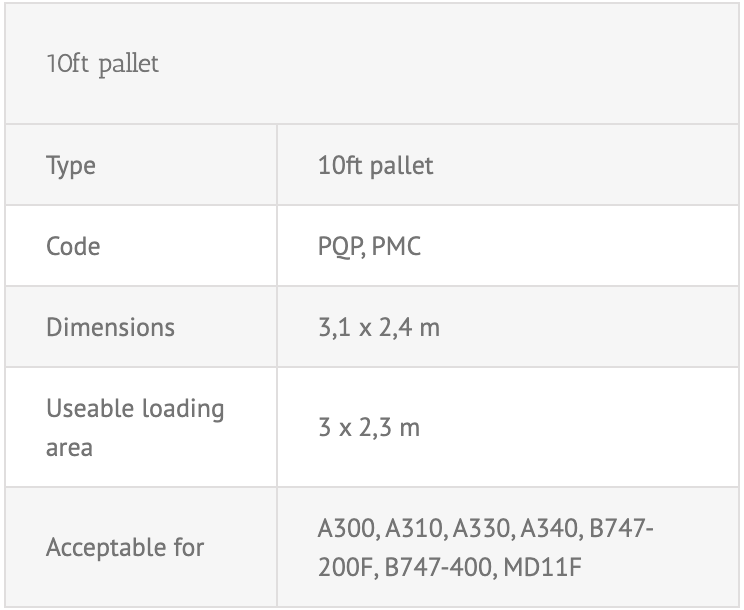
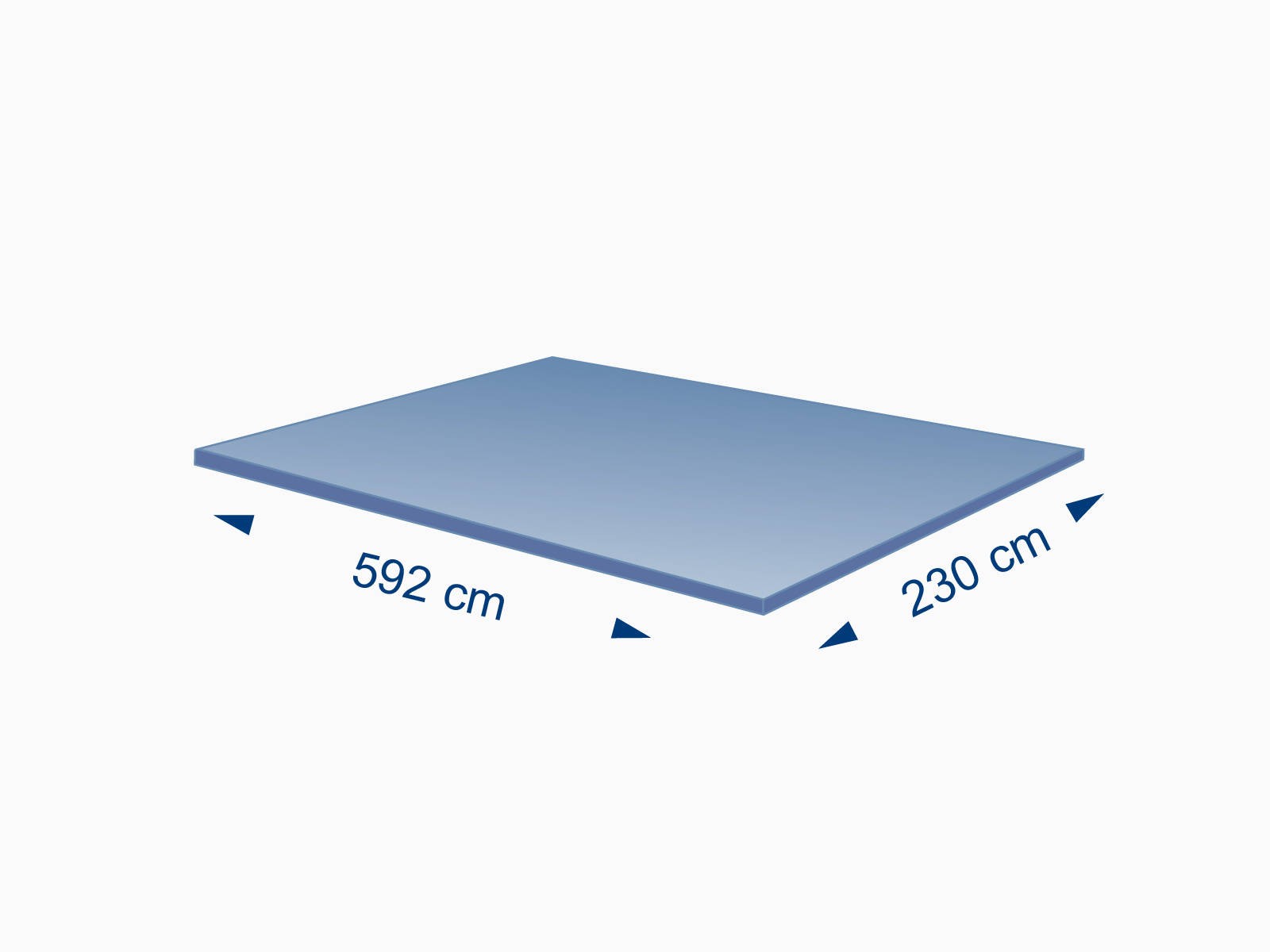
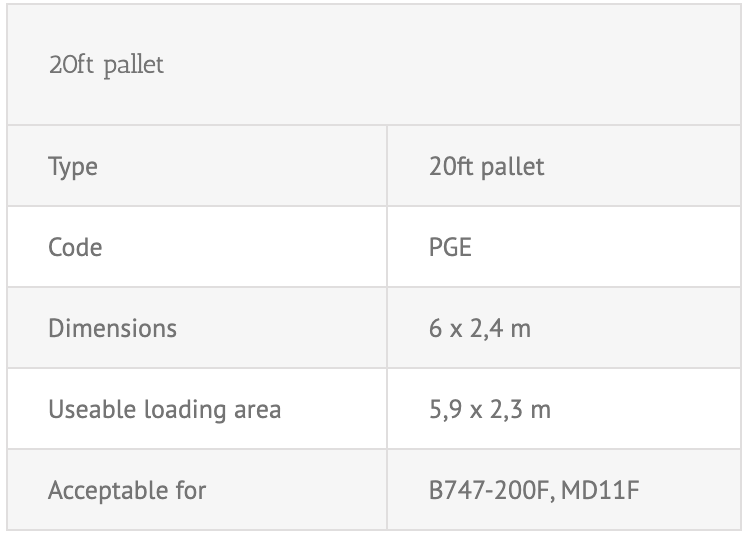
Future Trends of Unit Load Devices
Take a glimpse into the future of ULD technology, where progress in materials science, automation, and connectivity holds the potential to transform the air cargo industry. From the utilization of lightweight composite materials to the development of autonomous ULD handling systems, delve into the evolving trends and innovations that are shaping the upcoming generation of ULDs and their influence on the future landscape of air cargo logistics.
As we wrap up our examination of Unit Load Devices in air cargo, we trust that this blog has offered valuable insights into the essential role of ULDs in the global supply chain. Whether you’re a logistics expert, an aviation aficionado, or merely intrigued by the complexities of air cargo operations, ULDs exemplify the ingenuity and innovation propelling the modern aviation sector forward. So, the next time you witness a cargo plane soaring above, remember the unsung heroes – the Unit Load Devices – quietly enabling it all to happen.
*Kindly be advised: The stated payloads pertain solely to equipment; road restrictions differ across countries. We recommend consulting the Ex-Works office for the most up-to-date information on the maximum load permissible in a container. Please note that Ex-Works bears no responsibility for the content referenced above.



